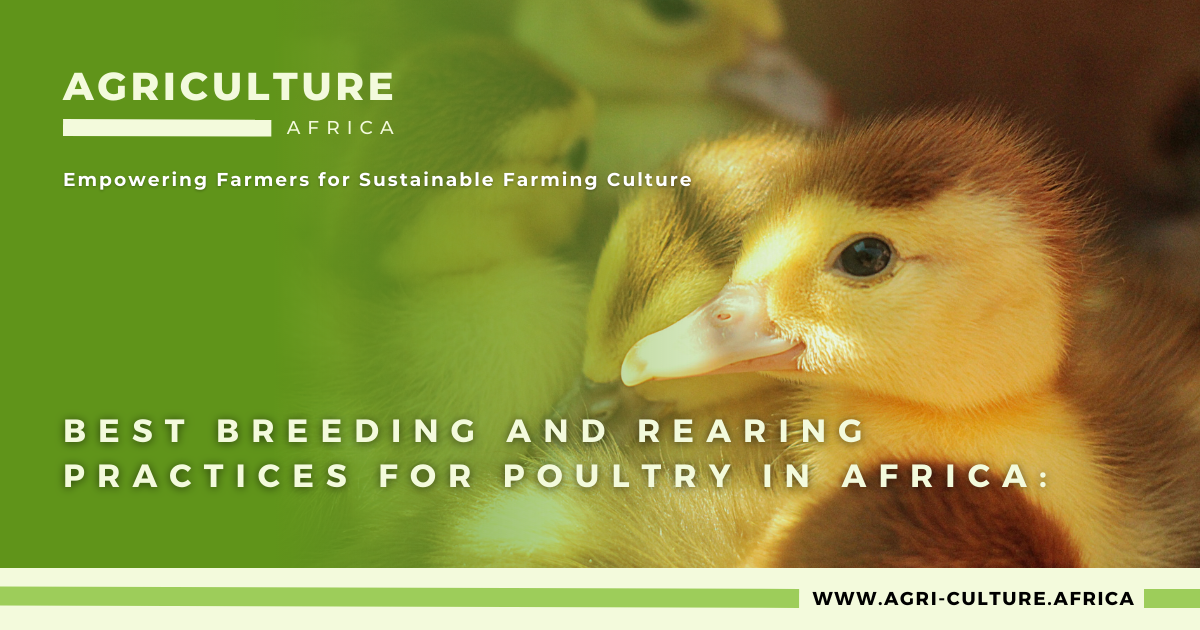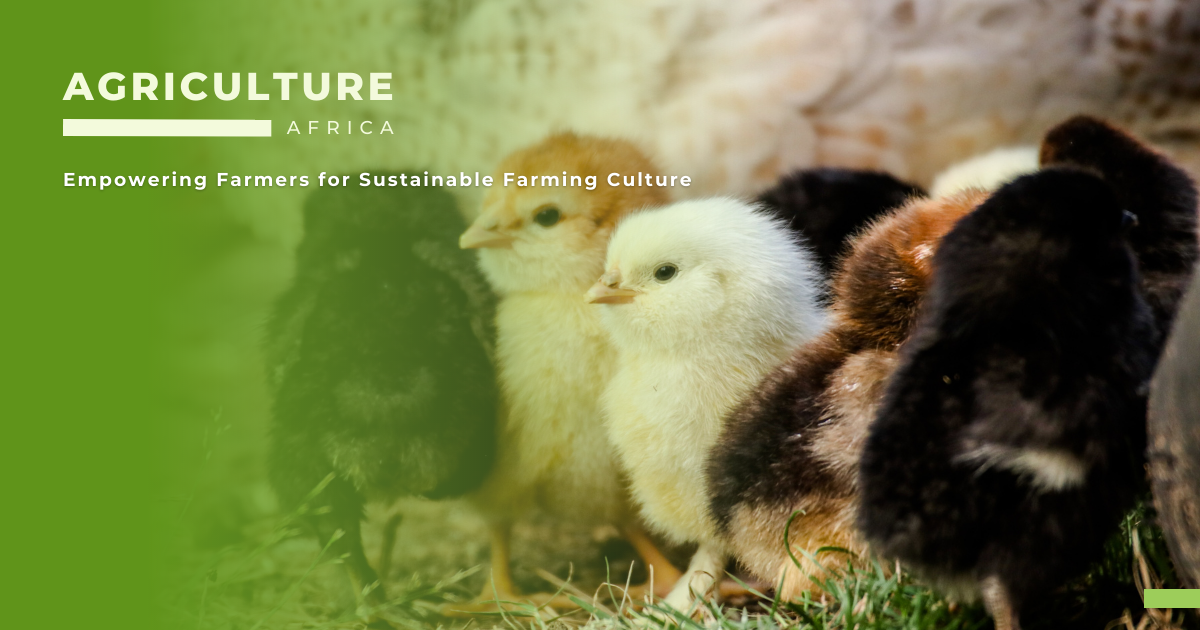
Empowering African Farmers for Sustainable Farming Culture
Poultry farming is one of Africa’s most popular methods of livestock husbandry. As the demand for chicken goods such as eggs and meat continues to rise, it has become a profitable industry for many farmers. However, correct breeding and rearing practises are required to produce healthy and prolific birds. This article will go over several breeding strategies and techniques utilised in African poultry farming.
The first step in poultry breeding is selecting breeding stock. This entails selecting birds with desirable characteristics such as high egg output, high meat quality, and resistance to disease. It is critical to choose birds that are healthy and free of genetic flaws. Farmers should also think about the bird’s breed, as different breeds have distinct characteristics that make them useful for different reasons.
Artificial insemination (AI) is a breeding procedure in which sperm is transferred manually from a male bird to a female bird. This method is used to improve genetics, boost productivity, and avoid inbreeding. It is a beneficial tool for farmers who want to improve their flock’s genetics but do not have access to high-quality breeding stock. Farmers who want to avoid the spread of diseases that can be transferred through natural mating can also benefit from AI.
The process of creating optimal conditions for the development of an egg into a chick is known as incubation. This procedure can be carried out either spontaneously or artificially. Natural incubation is using a broody hen to sit on the eggs and provide the necessary heat and humidity for the eggs to hatch. Artificial incubation entails utilising an incubator to provide the necessary heat, humidity, and ventilation for the eggs to hatch. Artificial incubation is chosen because it allows for more control of the incubation process.

After 21 days of incubation, the eggs are ready to hatch. To support growth and development, it is critical that the chicks have access to clean water, food, and a warm environment. Farmers should also protect the chicks from predators and infections that could harm their health.
The process of providing a warm and safe habitat for newly hatched chicks is known as brooding. This is a critical procedure because chicks require warmth to maintain their body temperature and thrive. Heat lamps or brooders can be used by farmers to give the necessary heat. To prevent the transmission of infections, the brooding area should also be maintained clean.
Proper feeding is critical for poultry growth and development. It is critical to give a balanced food that contains all of the elements that the birds require to thrive. Farmers can use commercial feeds or make their own using items found locally. To prevent spoiling, ensure that the feeds are free of pollutants and correctly stored.
Vaccination is an important part of chicken farming since it aids in the prevention of disease spread, which can result in large losses. Farmers should vaccinate their birds against common poultry diseases such as Newcastle disease, infectious bronchitis, and coccidiosis. To provide optimum protection, it is critical to adhere to the prescribed immunisation schedules.
The prevention of disease spread is critical for the success of any chicken farming enterprise. Farmers must guarantee that their birds have access to clean water and an environmentally safe environment. They should also take good biosecurity precautions, such as sanitising farm equipment and restricting access to the land. Farmers should also keep an eye on their birds for any signs of illness and seek veterinary care if necessary.

Breeding and rearing practices for poultry needs careful planning, expertise, and abilities. Farmers must ensure that high-quality breeding stock is used, that optimal circumstances for incubation, hatching, and brooding are provided, that correct feeding and immunization are provided, and that good disease control methods are implemented. Farmers can benefit from adopting these practices.
Your donation fuels change! Help Agriculture Culture in Africa empower farmers with resources, training, and access to innovation. Together, we can revolutionize African agriculture.
Empowering Sustainable Growth and Innovation in African Agriculture
Sign up to our newsletter